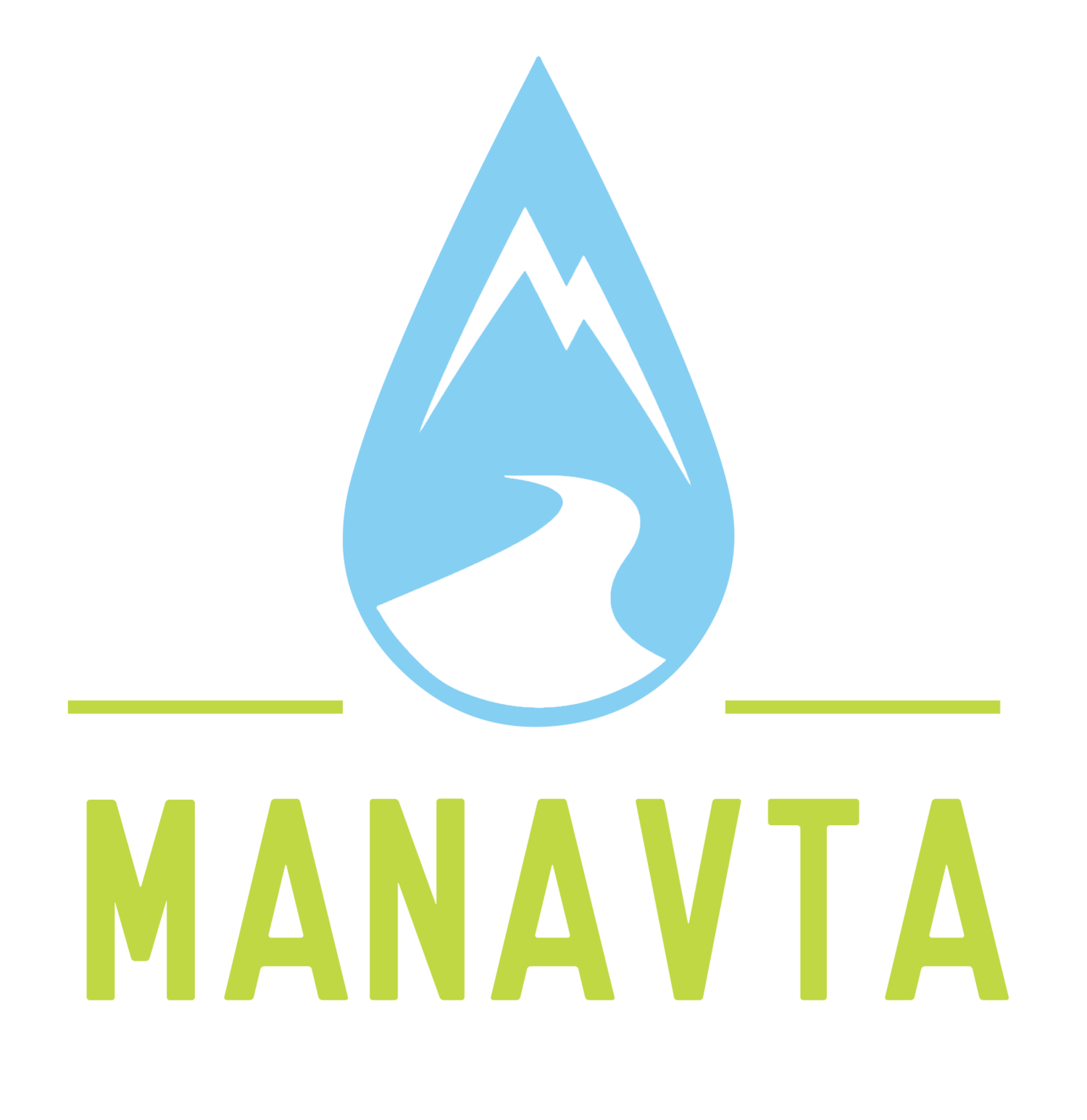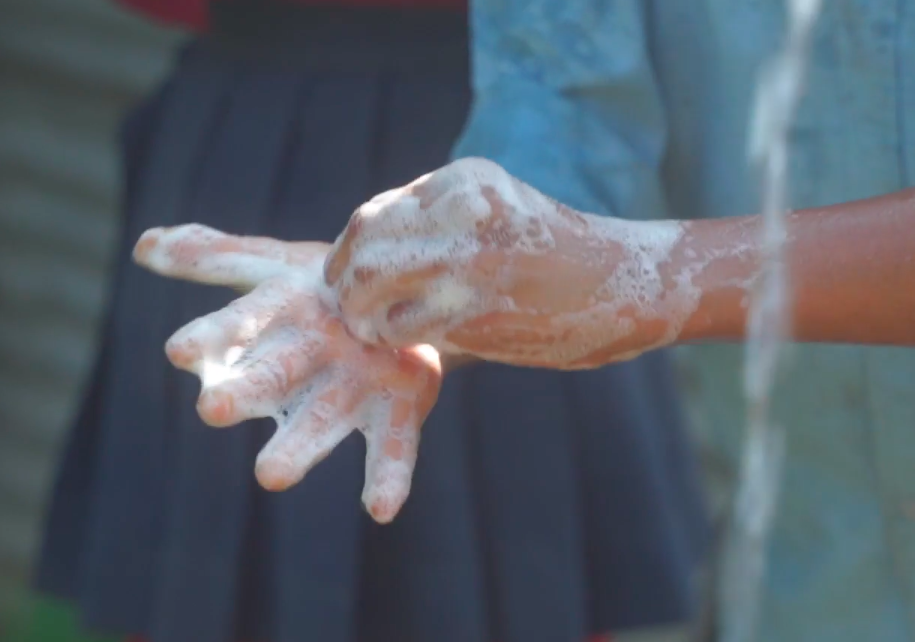A typical toilet flusher wastes up to 22 liters of drinkable water every day and three- to six-liter flushes at a time. What follows is a long and costly process of sanitizing the water that was clean before you answered nature’s call. Using so much water per flush unnecessarily increases the volume of our waste and the cost of its transportation and treatment –a process that leaves a huge carbon footprint.
Why Pee?
It’s the method of treating your pee and poo as two separate entities. Urine Diversion (UD) is a process that splits the two at the source, no longer leaving you with waste, but with two very valuable resources. Urine and feces are partitioned into two compartments. Urine will go through one compartment and feces will go through another. Both are then stored in separate holding tanks.
Valuable plant nutrients are found in human excreta. A higher proportion of these nutrients – nitrogen, phosphorous and potassium –reside in your urine compared to your feces. The exact breakdown of urine varies depending on the diet of the pee-maker. The more protein a person consumes, the more nitrogen will be excreted into the urine. Urine also contains salt – sometimes quite a lot of it if you are hopped up on a diet of canned soup and French fries.
Try it at home
To use urine as a fertilizer safely, it should be stored for 1 to 6 months in a sealed container. When urine is stored the pH value, which is usually 6 – 7, will increase to around 9 as urea decomposes into ammonia/ammonium. This process sanitizes the urine overtime killing off pathogens. The longer the urine is stored the more sanitized the urine will become, thus increasing the variability of crops that can be fertilized. For instance, urine that is stored for 6 months can be safely used on all types of crops for consumption.
Grossness factor
A disadvantage of maintaining a pit latrine is the cleanup process. Not only is discarding the waste laborious and messy, but quite smelly as well. UD would make this step much easier by keeping the feces dry. The foul smelling fecal sludge that we all associate “shit” as is the result of feces and urine mixing. The more time dedicated to “drying out” the feces will ultimately transform the substance into an easily handled ashy and odourless type of material. The dried feces can be used for composting but must be stored much longer than urine in order to efficiently kill off the large variety of pathogens that live within feces.
If designed and operated properly a UD toilet can be built indoors, improving the users security and enhance privacy. This can be an essential feature for women and girls who may not utilize the toilet at night for safety reasons. In addition, building the UD system indoors allows it to be paired or in close proximity to a hand washing station. This is important as it could increase hand-washing rates, which would alternatively improve hygiene.
Its got potential
At Manavta, we are currently working on putting together a pilot project that will showcase our UD toilet designs and provide us further research on its uses and disadvantages. Since WASH in schools is about engaging the greater community, we see these toilets as a tool to please nearby farmers (like our friend Krishna) who spend far too much money on commercial fertilizers, help conserve water in the long run and end open defecation. If you want to learn more refer to our concept design or check out this WaterAid report on UD in Nepal.
Krishna at his farm in Lauke, Nepal - the site of our Pilot Project in March 2013








